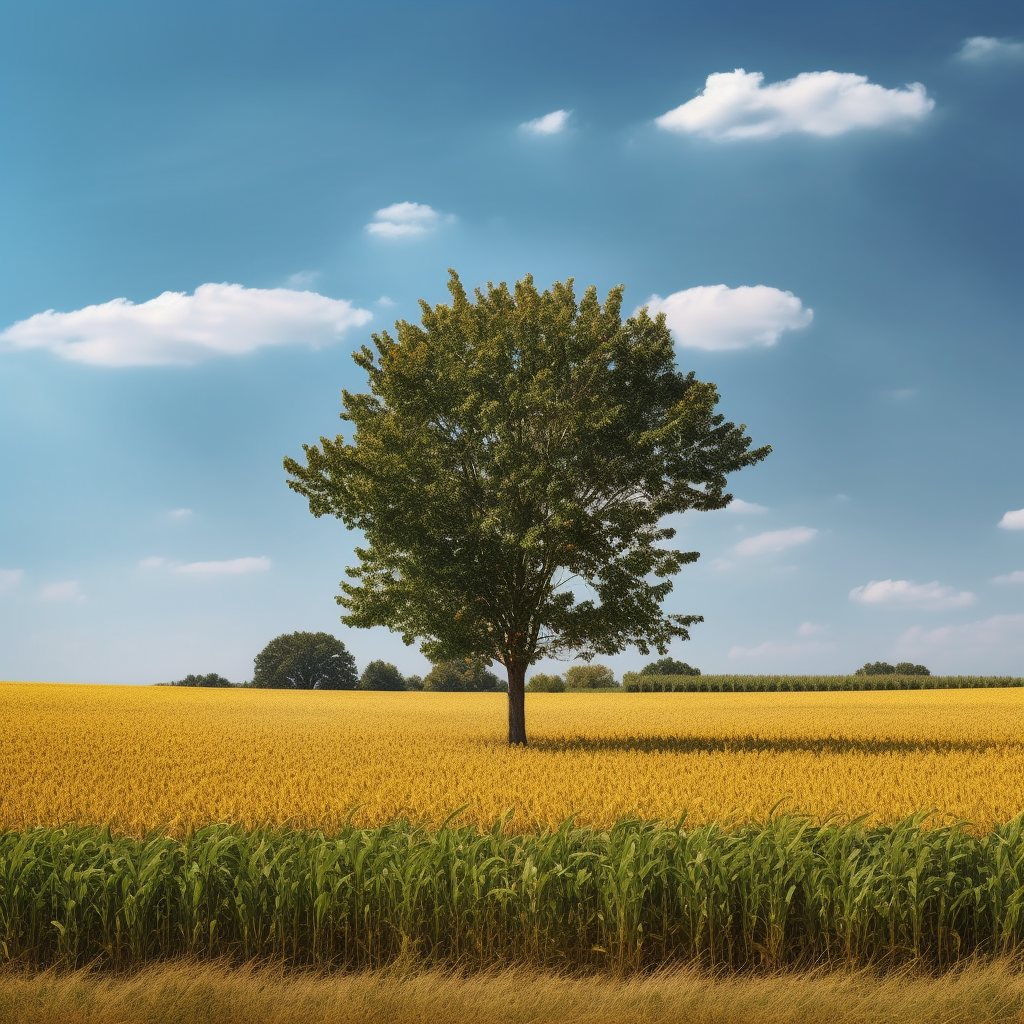Please note this post may contain affiliate links picked by me (Jay) that I have deemed may be of interest or relevant to you the reader of this.
These links do not affect the cost of the thing if you decide to purchase but i may get a little money if you choose to purchase.
For more information on my affiliate link policy click here.
The Beauty of Simplicity: Minimalist Photography Techniques
As a photography junkie, I’ve always been drawn to the beauty of simplicity in photography. Minimalist photography is all about reducing a scene to its most basic elements, which creates a sense of calm and serenity in the viewer. In this article, we’ll dive into the world of minimalist photography techniques, explore what makes them so effective, and show you how to take stunning minimalist photos of your own.
Embrace Negative Space
One of the key elements of minimalist photography is the use of negative space. Negative space is the area around and between the subject(s) of the photo, and it can be just as important as the subject itself. By incorporating a lot of negative space into your photos, you create a sense of emptiness that can be quite powerful.
For example, take a look at this photo of a single bird flying in a vast blue sky. The bird is small and unassuming, but it’s the negative space that really makes the photo impactful. The sky is empty and vast, which draws attention to the bird and creates a sense of isolation and freedom.
Keep It Simple
The beauty of minimalist photography lies in its simplicity. Instead of filling your frame with clutter and distractions, focus on a single subject or a few simple elements. By doing so, you create a sense of calm and order in your photos.
Here’s an example of a simple, minimalist photo. The subject is a single red leaf on a bed of green leaves. There are no distracting elements in the photo, which allows the viewer to focus on the color and texture of the leaf.
Choose a Neutral Color Palette
Another way to achieve simplicity in your minimalist photography is to choose a neutral color palette. Neutral colors like white, black, gray, and beige create a sense of calm and order in your photos. They also allow your subject to stand out without any distractions.
Take a look at this photo of a white flower on a black background. The white flower pops against the dark background, and there are no distracting colors to take away from the beauty of the flower.
Experiment with Reflections
Reflections are a powerful tool in minimalist photography. They add depth and interest to your photos without cluttering the frame.
In this photo, the reflection of a tree in a still lake creates a sense of symmetry and balance. The photo is simple, yet striking, thanks to the use of reflection.
Use Minimalist Compositions
There are a few different composition techniques that work particularly well in minimalist photography. One is the rule of thirds, which involves dividing your frame into thirds both horizontally and vertically, and placing your subject at the intersection of those lines. This creates a sense of balance and harmony in your photos.
Another composition technique that works well in minimalist photography is negative space, as we discussed earlier. By leaving a lot of empty space in your photo, you create a sense of simplicity and order.
|
|
Capture Texture
Texture is an important element in minimalist photography. It adds depth and interest to your photos without cluttering the frame.
Take a look at this photo of a seashell. The texture of the shell is the main focus of the photo, and there are no distracting elements in the frame. The simple composition and neutral color palette allow the texture to shine.
Play with Light and Shadow
Light and shadow can be used to great effect in minimalist photography. By playing with the light and shadow in your photos, you can create a sense of depth and dimensionality.
In this photo, the use of shadow creates a sense of depth and mystery. The stark contrast between the dark shadow and the bright sunlight draws the viewer’s eye to the subject.
Be Patient and Observant
Finally, to truly excel at minimalist photography, you need to be patient and observant. This type of photography requires you to pay close attention to your surroundings and wait for the perfect moment to capture your shot.
For example, if you’re taking photos of a simple landscape, you may need to wait for the perfect lighting or for the wind to calm down to capture a perfectly still shot. Or if you’re photographing a still life scene, you may need to rearrange the objects in the scene until you achieve the perfect composition.
Additionally, it’s important to be mindful of the elements in your frame. Remove any distractions that might take away from the simplicity of your shot. This might mean moving objects around or waiting for people to move out of your frame.
If you’re struggling with capturing the simplicity of your subject, try to approach it from different angles or distances. By experimenting with different perspectives, you may discover a new way to highlight the beauty of your subject.
In Conclusion
Minimalist photography can be a challenging yet rewarding genre of photography. By embracing negative space, keeping your compositions simple, using a neutral color palette, experimenting with reflections, capturing texture, playing with light and shadow, and being patient and observant, you can create striking and beautiful minimalist photos.
Remember to keep your subject in focus and remove any distractions from your frame. Don’t be afraid to experiment and try new things. And if you have any questions or want to share your own minimalist photography tips, drop a comment in the community section on our website. Happy shooting!
















